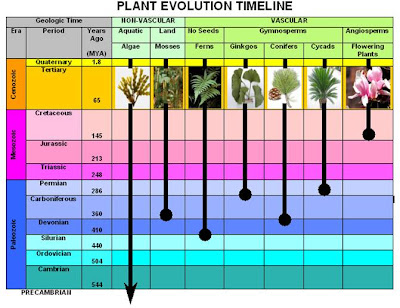Grass is not a grass!
Cannabis species (Grass) is not technically a grass at all. It is a member of the flowering plants called dicotyledons while true grasses are members of the moncotyledons.
 |
| Cannabis is a dicotyledon - It is not a grass! |
Where the name "Grass" came from is unknown by this author - maybe check more informed sites on cannabis! But grasses in the true sense, normally have narrow leaves with smooth edges. Their flowers are arranged also in threes or multiplies of three.
First - the difference between monocotyledons and dicotyledons is in the seed development. Cotyledon refers to the first seed leaf that appears and in monocots only one leaf (cotyledon) appears while in dicotyledons there are two seed cotyledons (leaves) that appear first. Beans are dicotyledons as are the majority of flowering plants. Here is a drawing of the basic difference between a monocotyledon and a dicotyledon.
 |
| Monocotyledons and Dicotyledons compliements of Wikipedia |
In this example they have used a bean seedling and a corn seedling. The major difference is the emergence of the two leaves in the bean (dicotyledon) and only the one leaf in the corn (monocotyledon). Cannabis is a dicotyledon and should not be refered to as a grass.
Monocotyledons include all the grasses, orchids, lillies, palms and bananas. There are many more species and number of dicotyledons than monocotyledons. But of the two - it is the grasses (monocotyledons) that man relies on so heavily. Corn, rice, wheat, oats, barley, sugar cane, millet, sorgham and bamboo are all members of the moncot group and basically classified as grasses. Some of the grasses (including wheat, corn etc) are annual, and these grow one season and produce seeds, then die. The average lawn grass is not annual and has the majority of the plant underground and will spread by runners in the soil. The leaves of these grasses can be grazed by cattle, sheep or lawnmowers and continually regrow!
Wheat is descended from wild grasses some 7,000 years ago - when man selectively cultivated the plants with the most grain - and then chose these seeds for the next crop. Over the years techniques have been deleveloped that currently wheat is now dependant on man to survive and spread.
 |
| Cultivated wheat is a grass! (somewhat modified) |
Grasses in general cover nearly one third of the land area on earth, as they don't rely on as much moisture as many other plants. Their survival ability sees them exist in deserts, the artic, mountains and salt pans - the role they play in the environment is probably the greatest of all plant groups.






